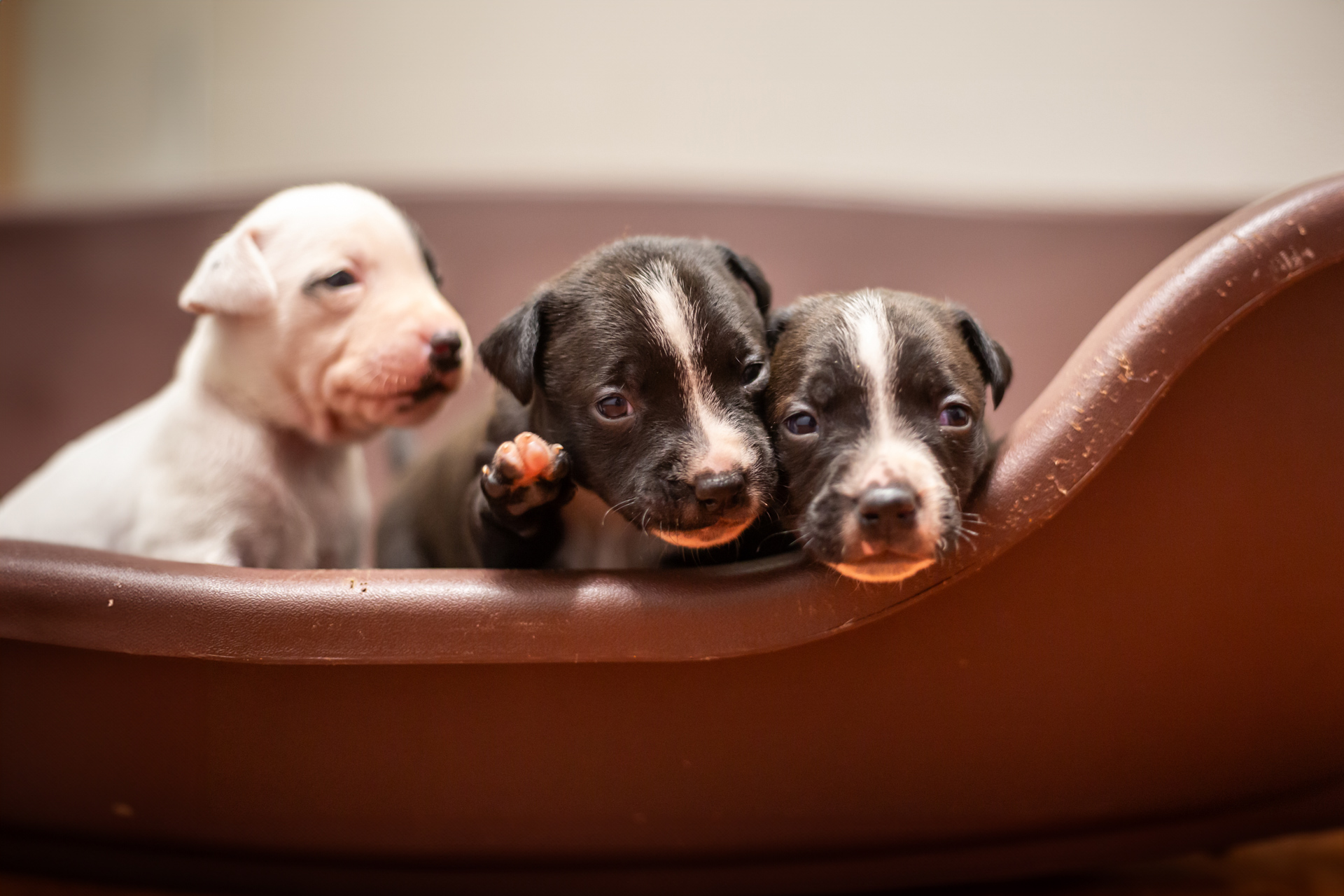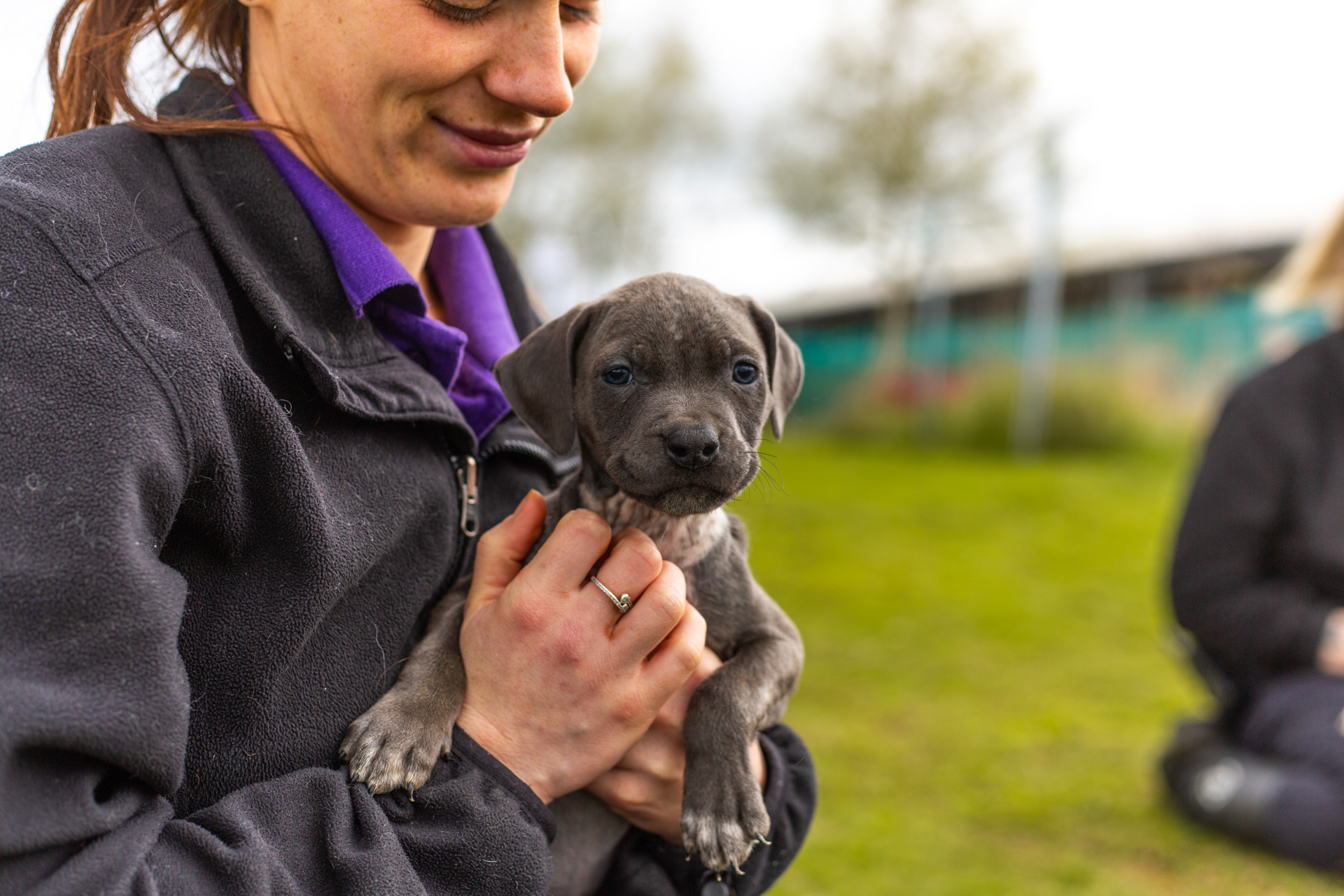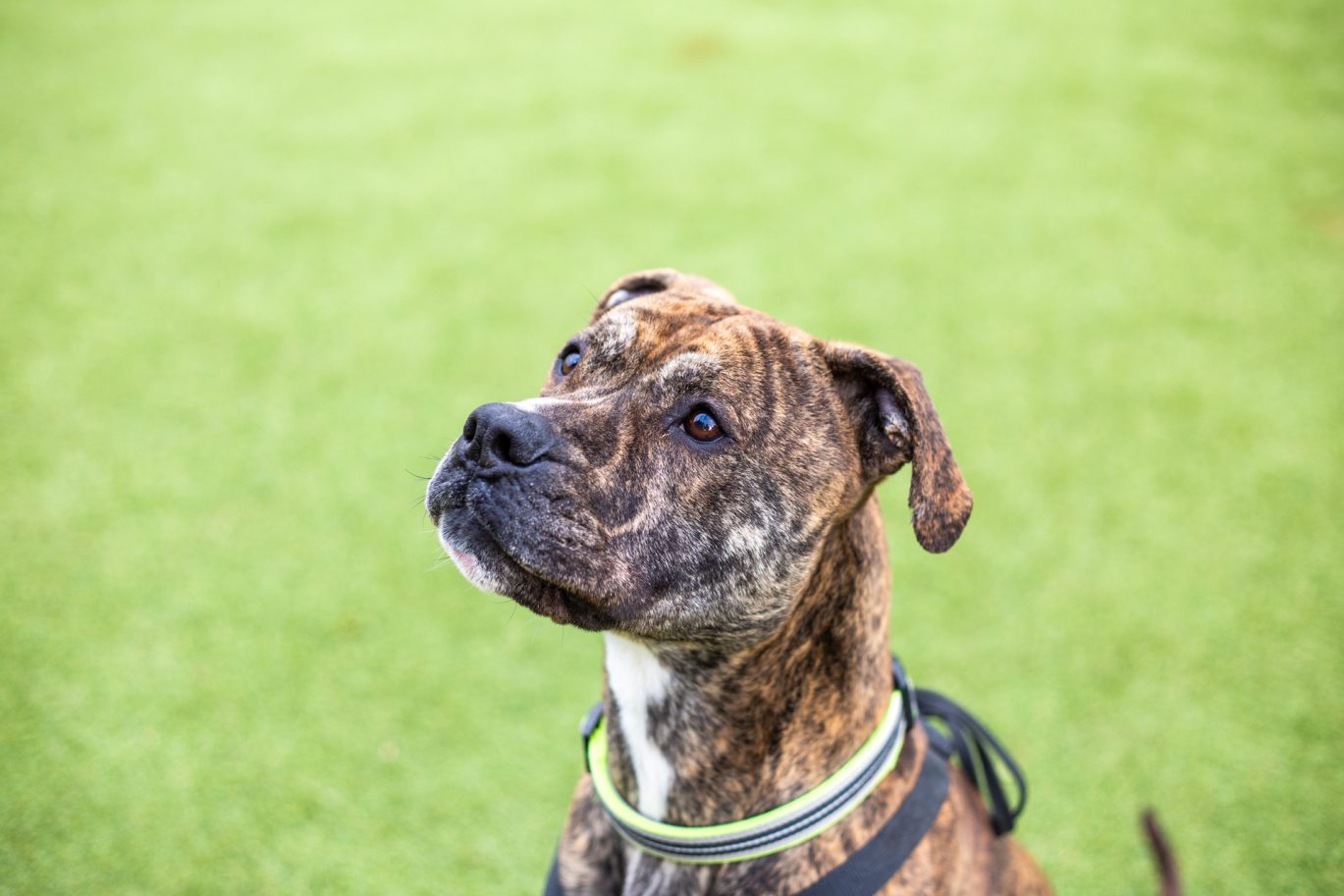
Everything You Need to Know About Dog Recall Training
How to master an essential skill for off-lead adventures.
Many of our four-legged friends love the freedom that comes from being let off the lead. But this freedom comes with responsibility. With a big wide world of distractions out there, from sniffing to squirrels, unreliable recall can turn a simple walk into an extremely stressful outing and potentially put both your dog, and you, at risk.
Recall training is the most important training to do with your puppy and can still be taught if you have an adult dog – you can teach an old dog new tricks. Having this skill up your sleeve is beneficial for your dog’s safety and your peace of mind.
In this guide, we’ll break down the steps to building reliable recall, some helpful tips and tricks, and some of the best tools to have on your recall training journey.
Your recall training kit list
High-value treats
Every dog is different. Some dogs are keen to work for their kibble, some love chopped up vegetables, and for some you may need something a bit smellier like chicken or cheese to tempt them. If you don’t know what treats would motivate your pooch, then spend some time in an area of lower distraction, like a garden or quiet walk, and see what keeps them interested.
Their favourite toy or ball
Some dogs are more motivated by play than food. If you know that this is the case for your pup, their go-to toy will act as a great reward for positively responding to your recall.
Whistle
Consistency is key when it comes to any type of training and a whistle allows you to maintain a consistent recall sound. Whistles can also be more effective than your voice, especially in noisy environments.
A recall cue
A cue is a word or noise that your dog will associate with recall training. Just as with the whistle, it’s important to be consistent with this sound. Start off by saying your dog’s name, followed by your chosen cue word or sound. During these sessions remain engaging and upbeat. This is more likely to promote engagement as your dog will anticipate something positive. If your dog responds and approaches you, it’s important to praise them verbally (for example “good boy!”), touch their harness or collar and reward them with food or toys. Many dogs will have a seemingly good recall during a walk, but this may falter at the end as they can see their lead as a sign that fun is over and it’s time to go home. You can combat this by going on and off lead multiple times during a walk.
As you practice your recall cue, you can use different, distracting situations make this more challenging. For example, you can attempt this when your dog is in another room at home, playing with their toys, or sniffing in the garden. Once they are responding reliably in these sorts of settings, you can progress to training in other slightly busier environments. We want to set your dog up for success so when building up distractions, do this bit by bit rather than suddenly trying to call your dog away from their favourite activity.
Recall training leads / long
A fantastic tool, especially when you’re starting out on your training journey, training leads allow you to practice while ensuring that your dog is kept safe and under control. These long leads, usually ranging from 5 to 30 meters, allow you to train your dog in open spaces without the risk of them being free and loose. If they don’t respond to your call, you can always gently guide them back. Always attach a long lead to a harness, just in case they get to the end of the lead or catch on something as this can cause injury if the lead is only attached to a collar.
Patience
This one is an essential as recall training takes time, dedication and consistency. Don’t be disheartened if you are unable to master it on the first few outings. Dogs won’t instinctively understand that coming back to you is the best choice, especially when there are some extremely tempting distractions about. Until your dog has a reliable recall, it’s best to keep them on a lead when out and about to keep them safe. In the short term, if you want to exercise your dog off lead, you could look to hire a secure exercise field to give them a good run and practice recall training whilst still ensuring you’re in an enclosed and safe area.
Top tips for recall training
Whether you need to call your dog away from danger, or let them know that it’s time to go home, building a successful recall with your puppy or dog is all about making them realise that coming back to you is the best choice that they can make. This comes with positivity, consistency and practice. That’s why these tips should come in useful.
Start in a low-distraction area
Don’t jump in at the deep end in a busy park where there are lots of distractions. Pick a quiet place and time where your dog can focus. You could even try indoors or your garden and once they start to reliably come back to you, gradually move to more challenging environments.
Make your recall cue consistent
Whether it’s a whistle, clicker or you pick a word like ‘come’ or ‘here’, the important thing is to stick to it. Avoid using their name alone as this is often overused in daily life and they may not associate it with a specific behaviour.
Don’t repeat your cue
Repeating your recall cue over and over is ineffective as your dog could begin ignoring you. If you are having to say their cue multiple times, it will become meaningless. Instead, try taking a couple steps back in your training and using encouragement or a reward, alongside the cue, to get them to come back to you.
Never punish them for not coming back
If your dog returns after not having initially responded, or you’ve had to go to them, do not tell them off. If your dog associates coming back to you with something negative happening, this will make them less likely to come to you in the future. The best approach is to stay calm and positive and reinforce every success. If your pooch is not responding when they’re off lead, retry their previous recall training until they are reliably responding at a lower level of distraction or on a long line.
Make yourself fun and exciting
This can help increase the value of a return for your pup. Smiling, eye contact, verbal praise and physical affection can all contribute to making recalling to you a positive experience – and one they want to repeat.
Practice makes perfect
Recall training isn’t a one-off, it’s a lifelong skill that requires continuous practice. Keep reinforcing it regularly in different environments so that your dog remains reliable, no matter where you are or whatever distractions are around the corner. In time, as this behaviour strengthens through practice, you will be able to vary the reward you give your dog, but only once you have established a strong recall.
By staying consistent, making training fun and using the right tools, you’ll soon have a dog that has the freedom to explore while being safe and be able to start planning your future adventures.
We’re here to help
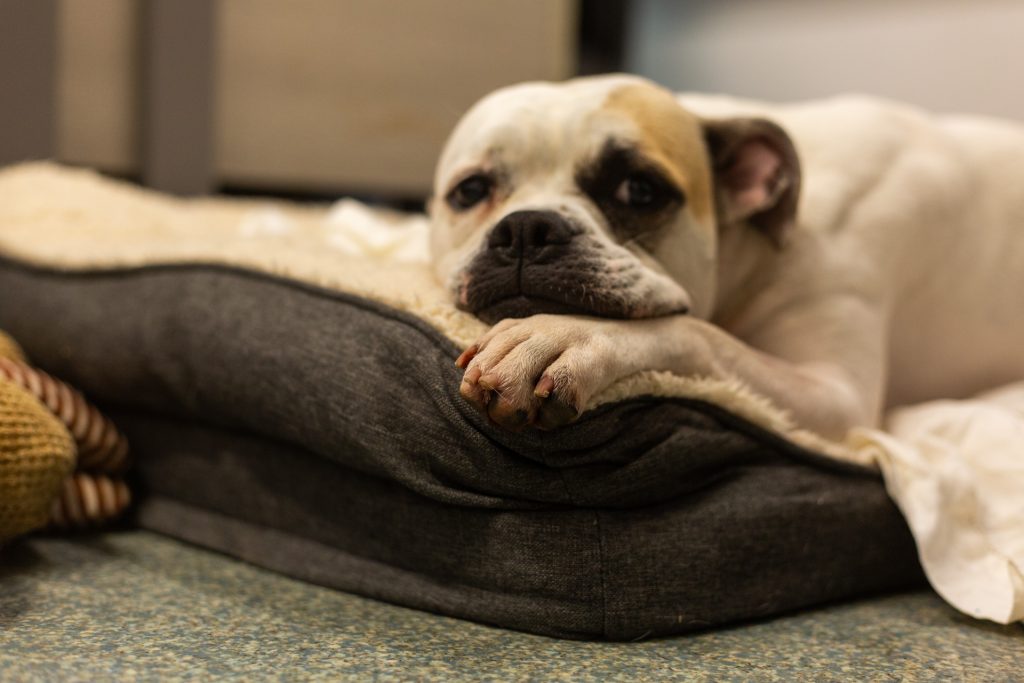
We hope you found our recall training tips useful and are ready to put them into practice. Please consider giving a one-off donation today to help us provide personalised training and care to the puppies that end up in our care.
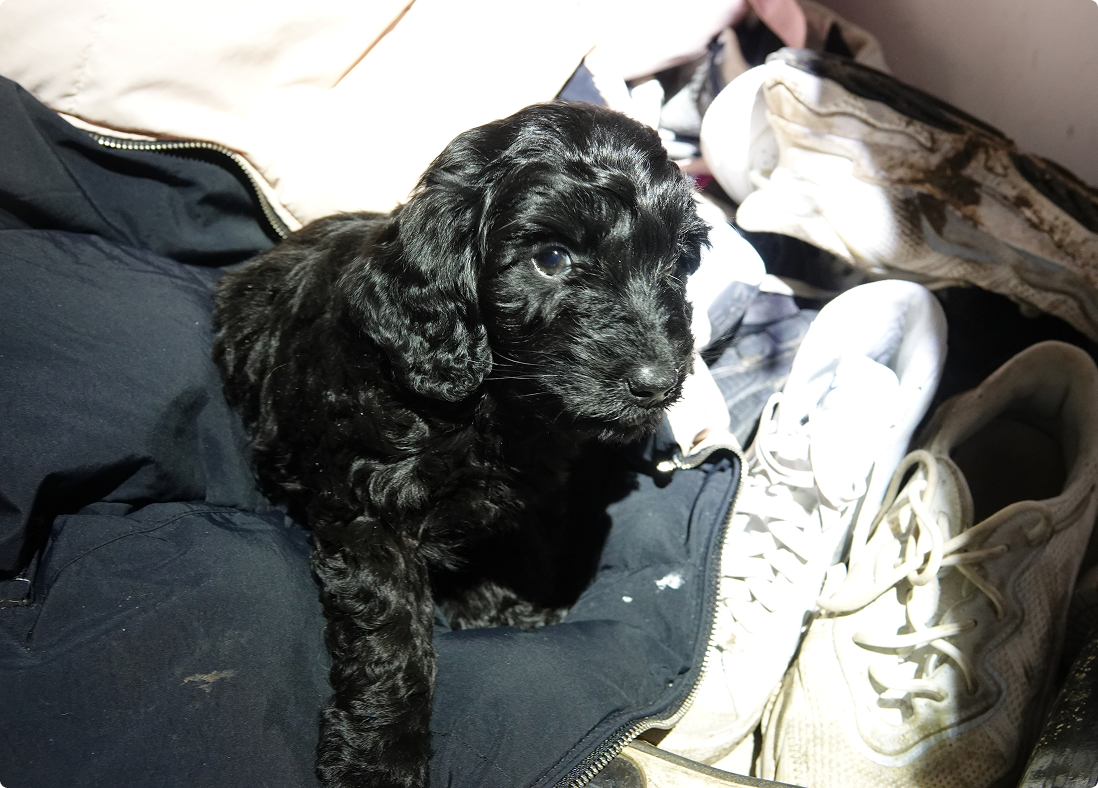
Puppies across Scotland need your help
Please consider giving a monthly donation today. Give Scotland’s animals the gift of safety this winter and beyond. The criminals involved in the low-welfare puppy trade never stop. And with your help, neither will we. Every £1 matters to puppies like Winnie.
